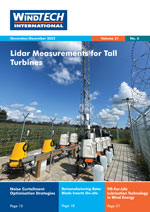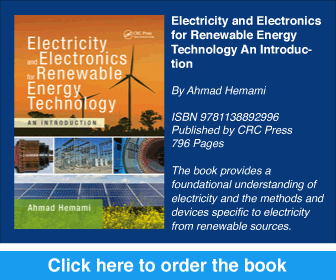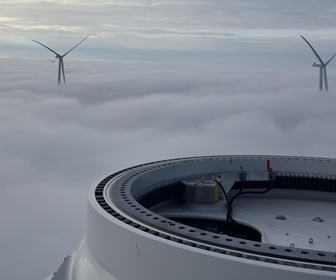Renewable electricity generation continues to grow strongly worldwide, with global capacity forecast to more than double by 2030, according to the International Energy Agency’s latest *Renewables 2025* report. The IEA notes that this rapid expansion, led by solar photovoltaic (PV), is taking place amid supply chain constraints, grid integration issues, financial pressures, and evolving policy environments. The report projects that global renewable power capacity will increase by 4,600 GW by 2030 — roughly equivalent to the combined total generation capacity of China, the European Union, and Japan. Solar PV will account for around 80% of this growth, driven by falling costs and faster permitting, followed by wind, hydro, bioenergy, and geothermal.
In emerging markets across Asia, the Middle East, and Africa, cost competitiveness and stronger policy support are accelerating deployment. India is set to become the second-largest renewables growth market after China, and is expected to reach its 2030 targets ahead of schedule.
At the corporate level, confidence in the sector remains robust. Most major developers have maintained or raised their 2030 installation goals. Offshore wind, however, faces a weaker outlook — about 25% lower than projected in last year’s report — due to policy changes in key markets, cost inflation, and supply chain bottlenecks.
Compared with last year’s forecast, the IEA slightly reduced its overall growth outlook for renewables, mainly due to regulatory shifts in the USA and China. The early phase-out of US federal tax incentives and China’s move from fixed tariffs to auctions have lowered project expectations in both markets. This has been partly offset by stronger growth forecasts in India, Europe, and other developing economies, supported by new policy measures, expanded auction volumes, and rooftop solar deployment.
Corporate power purchase agreements, utility contracts, and merchant projects are expected to drive around 30% of global renewable capacity additions to 2030 — double their share from last year’s report.
Solar PV is expected to remain the lowest-cost source of new electricity generation in most countries, while wind capacity is set to continue expanding as supply constraints ease, especially in China, Europe, and India.
The IEA highlights ongoing risks in global supply chains, with over 90% of production for solar PV components and rare earth materials for wind turbines remaining concentrated in China through 2030. While new investments are diversifying manufacturing in other regions, this dependency is expected to persist.
As variable renewables increase, grid systems are coming under greater strain. Curtailment and negative pricing events are becoming more frequent, signalling an urgent need for investment in grids, storage, and flexible generation capacity. Some countries are responding with new capacity and storage tenders, but further action is needed to ensure reliable and efficient integration.
Renewables in transport and heating are also expected to rise modestly. Their share of global transport energy is projected to grow from 4% today to 6% by 2030, driven by renewable electricity for electric vehicles in China and Europe, and by biofuels in Brazil, Indonesia, and India. In heating, renewables’ share is forecast to increase from 14% to 18% over the same period.










